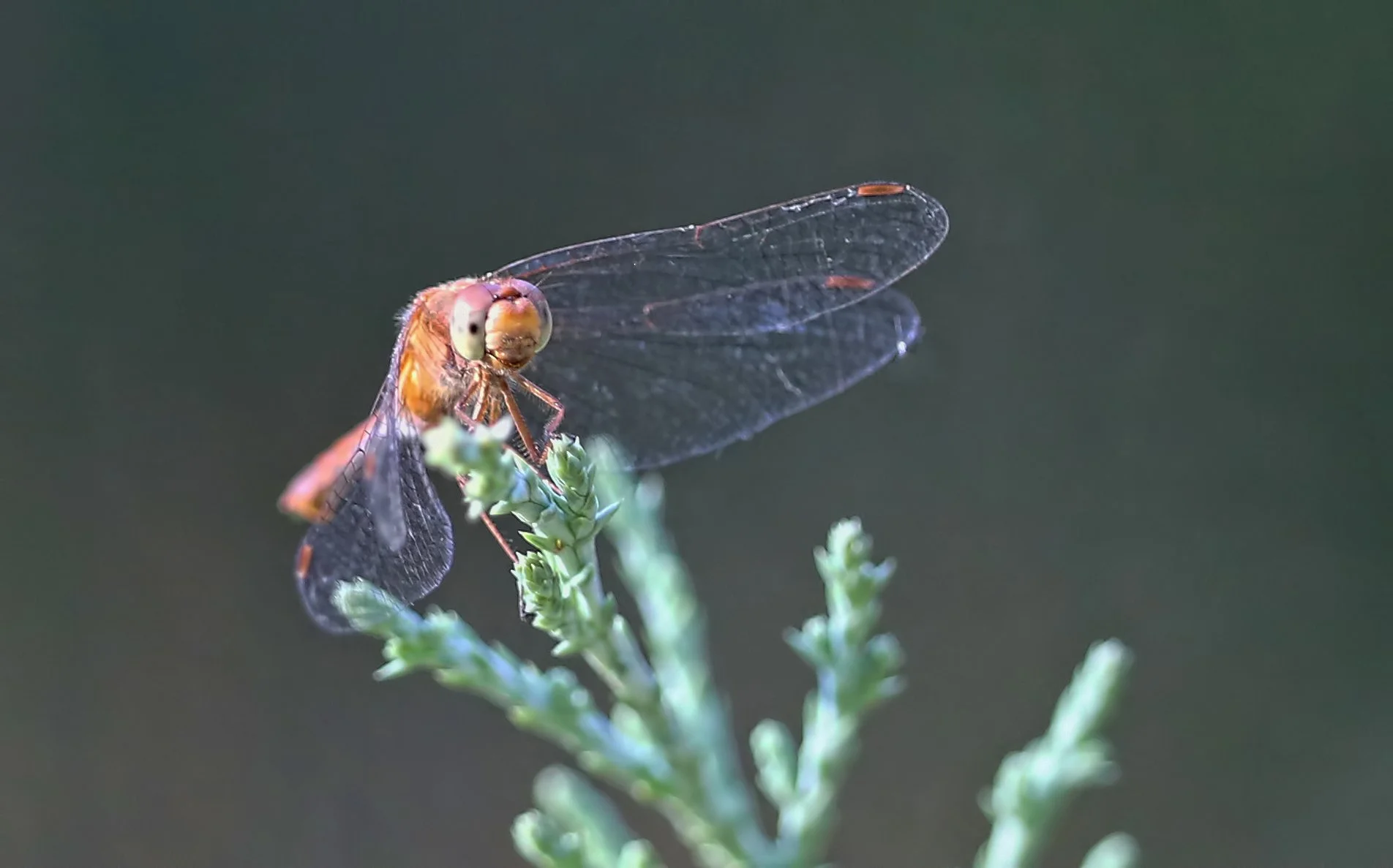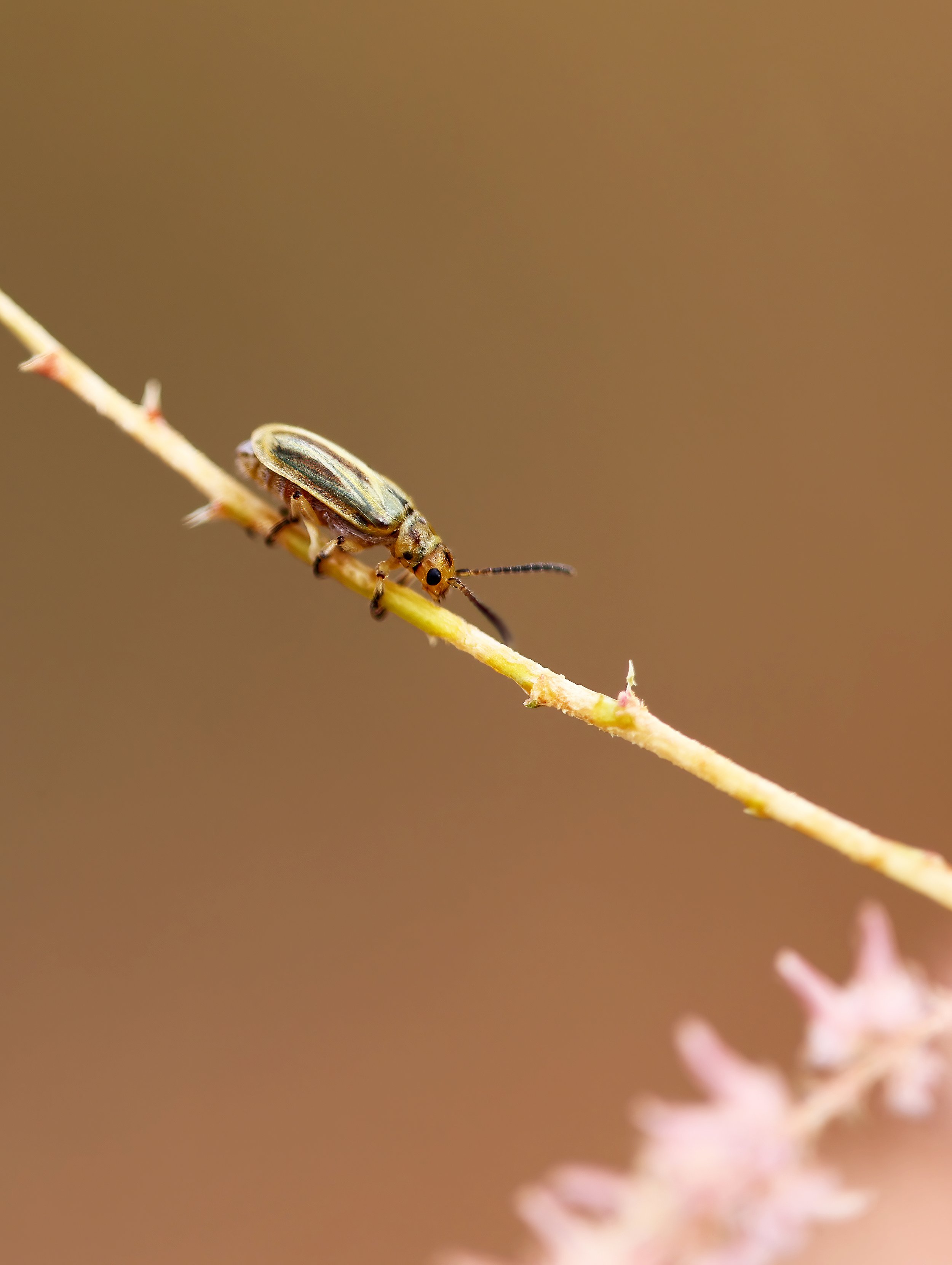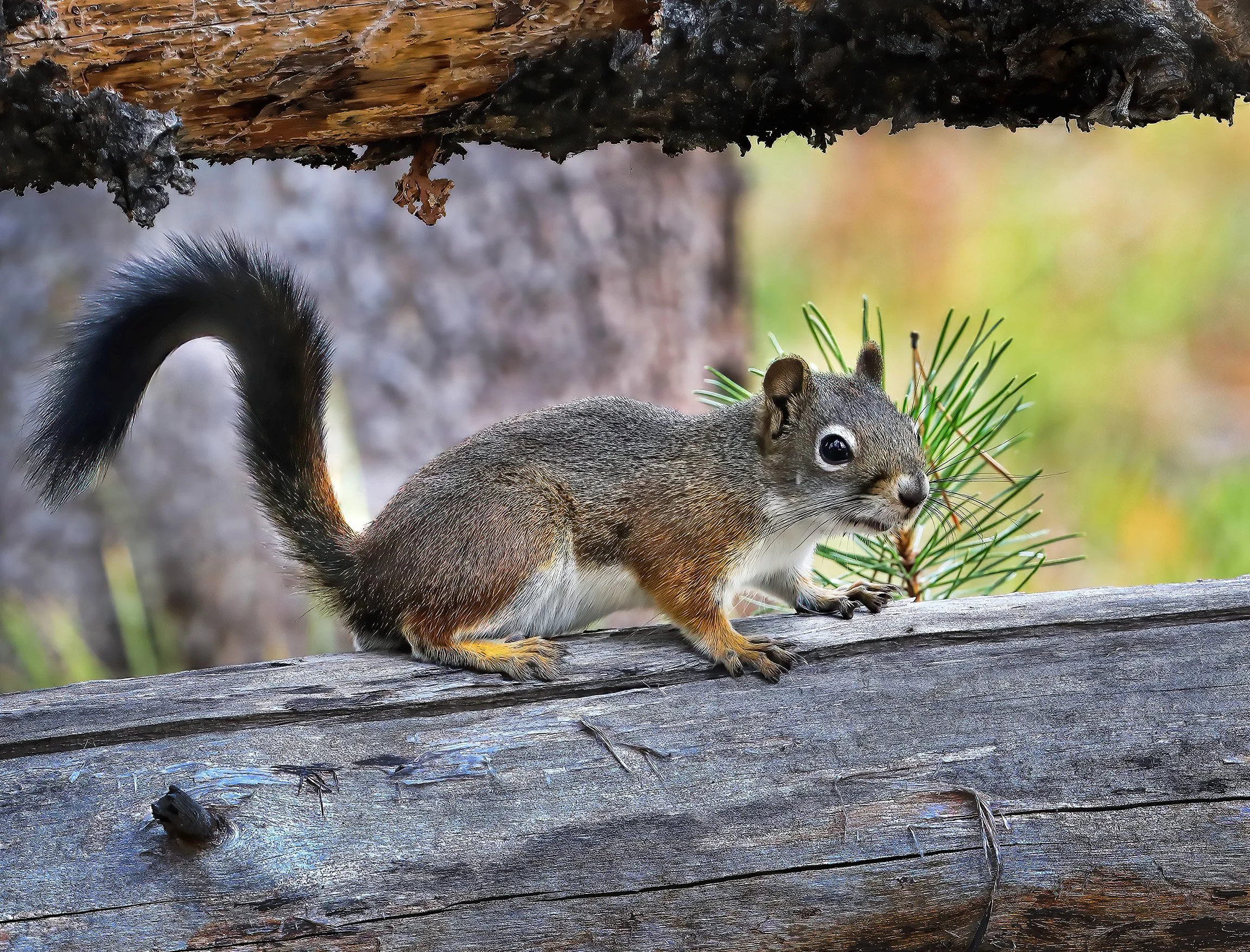are better to see you with.
Unidentified dragonfly.
are better to see you with.

Unidentified dragonfly.

was caught taking a break in the garden, but it looks a bit ragged in the back end.

Two-tailed swallowtail (Papilio multicaudata).
caught in the act of defoliating a tamarisk on my property in Castle Valley. Large swaths of the invasive tamarisk along the Colorado River are being stressed this year, likely due to the widespread emergence of the tiny beetle following a very mild winter. If one listens closely you can hear them munching away. Go, beetle, go!

Tamarisk leaf-eating beetle (Diorhabda elongata), approximately 5 mm long.

Let’s get small: Macro image of a molting beetle. Look closely.

This beetle was introduced at Potash and at Dewey Bridge in 2004 as an experiment in biocontrol but it never fully eradicated the tamarisk along the riparian corridor, though this year they are very heavily stressed, likely aided by the hot and dry weather this spring and early summer.

Stressed tamarisk on both sides of the Colorado River upstream of Big Bend.

Colorado River upstream of Take Out Boat Ramp showing highly stressed tamarisk on both banks, yet the voracious beetle has left the gambel oaks, cottonwoods, willows and sandstone (!) untouched.
for laying their eggs and feeding their caterpillars as it is the only food source they can consume. Here’s one in the riparian zone of Castle Creek.

Showy milkweed (Asclepias speciosa).
inside a prickly pear cactus blossom. Macro photography takes one into amazing micro worlds.

Prickly pear cactus (genus Opuntia).


Within 24 hours of pollination, the prickly pear blossom turns reddish-pink.
from opening globemallow blossoms. I’ll have to go prospecting for the entrances to their underground hives, given away by their tiny sedimentary turrets.

Desert globemallow (Sphaeralcea ambigua). The fully open blossoms are about 15 mm wide.

Fully loaded mallow bee with a large pollen pellet on its hind legs, weighing up to 30% of the bee’s weight.
without a trace of modesty.

has been constructed by bees and consists of a hard shell of sand grains cemented together by a waxy substance. I haven’t been very successful finding anything in the literature about this, and I will keep a watchful eye, especially next spring.

Cemented sand grains forming a casing, 2 x 3 cm in dimension, built and maintained by bees. The bee seen here is approximately 5 mm long.

Here’s a brighter macro shot with scale taken the following day of this amazing casing. It is located on the southern side of a small boulder in the rock garden, so it will be exposed to full sun through the winter.
UPDATE: Thanks to Dr. Harlan Gough for suggesting that this sandy cell has been constructed by a bee belonging to genus Dianthidium, or pebble bees.
by the engineering globe mallow bee (Diadasia diminuta) that collects pollen from the globemallow flower that is presently at peak bloom in Castle Valley. It’s quite fascinating to watch their activities, if one has the time and patience.

Vertical tubular “turrets” serve as entrances to the underground hive. The tallest seen here on the right is 1.25 inches (3.2 cm) high.

The inside diameter of the turrets is about 4 mm, but it appears that the subterranean part of the entrance to the hive is slightly larger in size.

Early stages of turret construction after the initial burrow entrance has been excavated. The bees gather finer-grained particles from the ejected material from their diggings and cement the turret with their saliva.

Bee applying saliva to the upper rim of the turret to cement small particles as the turret rises.

Part of the neighborhood still under construction. Note the freshly dug shallow burrow at the far left without a turret.

Fully loaded pollen bags on the hind legs of the globe mallow bee returning to a fully completed part of the hive.

Down the hatch with a heavy load.

Wide view of a portion of the hive.
in the blossoming cacti, and they sure are busy.

casting long shadows late in the day, the ground-digging and turret-building bees are back at work in Castle Valley. I’ll follow up with some proper photography of the bees when they’re in action the next few days.


a bee emerges from a prickly pear cactus blossom in the rock garden. On to the next flower, a pollinator’s work is never done.

Prickly pear cactus (genus Opuntia).
NOTE: This image was shot with a handheld 400 mm telephoto lens from a standing position. Nearly as good as a tripod-mounted macro lens close to the subject.
in Castle Valley is attracting the tiny pollinating bees and I’m on the lookout for their ground-dwelling hives.

Globe mallow bee (Diadasia diminuta) on the common globemallow flower (Sphaeralcea coccinea).

UPDATE: Here’s a shot taken this evening as a bee settles in for a slumber as the blossom closes for the night.
of western Montana. It’s hunting season and all the big animals are in hiding so I was shooting small game.

Yellow-pine chipmunk (Neotamias amoenus).

American red squirrel (Tamiasciurus hudsonicus).

Water strider (family Gerridae) illustrating the phenomenon of buoyancy through surface tension.
tending to its web this morning.

Immature black widow spider (Latrodectus mactans).
has thick thighs used to fight other males. Here’s one on a yucca plant defending its kingdom.

Leaf-footed bug (Acanthocephala spp.) about one inch long (2.5 cm).


California tortoiseshell butterfly (Nymphalis californica) resting on a ponderosa pine tree.
last night yields this lovely lady wrapping up a small morsel. There is no mistaking these fascinating creatures with the signature red hourglass on the abdomen. Sometimes I feed them by tossing a cricket into their ratty, but strong, webs!

Female western black widow (Latrodectus hesperus,).
is just one of an estimated 20,000 species belonging to the family Tenebrionidae.

Darkling beetle approximately 2 cm long.